
Are Hospital Sliding Doors Customizable to Meet Specific Facility Needs?
- By:hqt
- 2024-04-10
- 29
Hospital sliding doors are integral to the functionality, safety, and efficiency of healthcare facilities. By prioritizing maintenance and safety practices, leveraging successful case studies, and embracing future trends in technology, hospitals can optimize their door systems to meet the evolving needs of patients, staff, and visitors while promoting a healthier and more sustainable environment. Collaborating with manufacturers like E-ZONG ensures access to innovative solutions and ongoing support for hospital sliding door systems.
Introduction to Hospital Sliding Doors
Hospital sliding doors play a pivotal role in the seamless operation of healthcare facilities. These doors are not merely a means of entry and exit; they are essential components that contribute to the overall functionality, safety, and hygiene within hospitals. Understanding their importance, types, and design considerations is crucial for ensuring optimal performance and efficiency.
a. Importance of Hospital Sliding Doors
In the bustling environment of hospitals, where every second counts and efficiency is paramount, the significance of sliding doors cannot be overstated. These doors facilitate smooth traffic flow, providing quick and easy access for patients, staff, and visitors alike. Moreover, they contribute to the overall ambiance of the hospital, creating a welcoming and modern atmosphere.
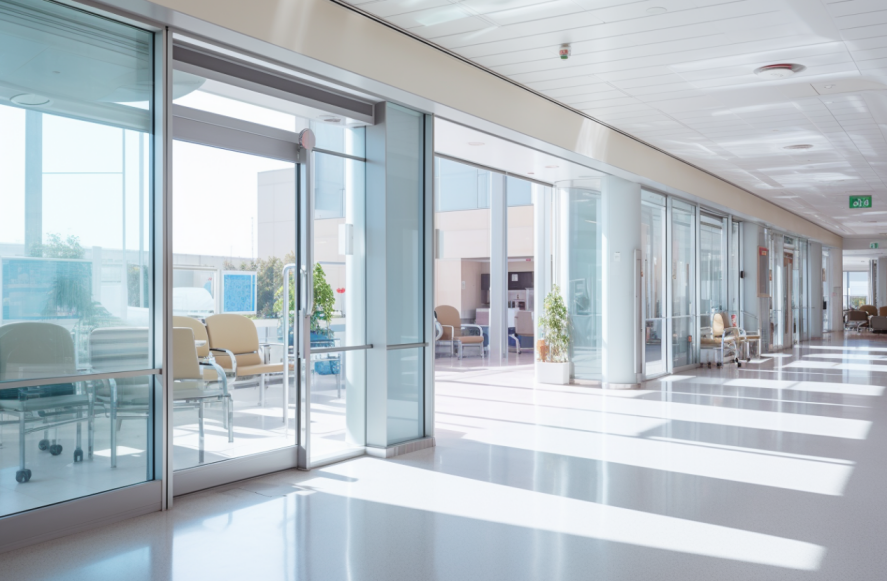
b. Types of Hospital Sliding Doors
Hospital sliding doors come in various types, each tailored to meet specific needs and requirements within healthcare settings. These include:
1. Automatic Sliding Doors: Equipped with motion sensors, automatic sliding doors offer hands-free operation, enhancing accessibility and convenience.
2. Manual Sliding Doors: While less common in hospitals, manual sliding doors are still utilized in certain areas where automation is not feasible or necessary.
3. Revolving Doors: Some hospitals opt for revolving doors at main entrances to regulate traffic flow efficiently while minimizing energy loss.
Functionality, Safety, and Hygiene in Hospital Door Design
Ensuring functionality, safety, and hygiene are paramount considerations in the design of hospital sliding doors.
1. Functionality: Hospital sliding doors must be designed to accommodate the high volume of traffic typical in healthcare settings. Factors such as speed, noise level, and ease of operation are crucial for seamless functionality.
2. Safety Features: Incorporating safety features such as motion sensors, emergency stop buttons, and breakaway mechanisms is essential to prevent accidents and ensure the well-being of patients, staff, and visitors.
3. Hygiene Considerations: Infection control is a top priority in hospitals, making hygiene a critical aspect of door design. Hospital sliding doors are often equipped with antimicrobial surfaces and are designed for easy cleaning to minimize the risk of bacterial transmission.
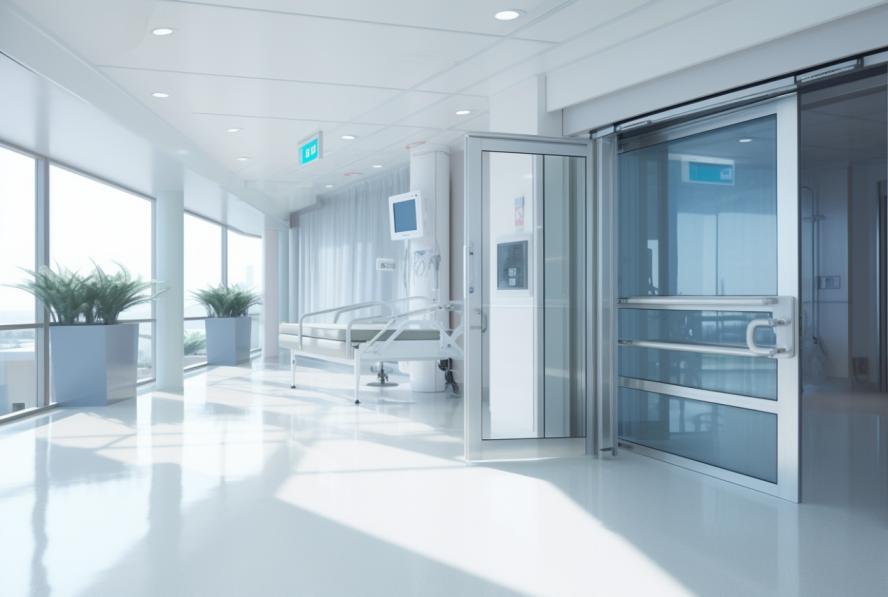
Benefits of Automatic Sliding Doors in Hospitals
Automatic sliding doors offer several advantages over traditional doors in hospital environments:
1. Enhanced Accessibility: Automatic sliding doors provide effortless access for individuals with mobility impairments, elderly patients, and those transporting equipment or stretchers.
2. Improved Infection Control and Hygiene: The touchless operation of automatic sliding doors reduces the risk of cross-contamination, contributing to better infection control practices within hospitals.
3. Increased Efficiency and Energy Savings: By automatically opening and closing in response to approaching individuals, automatic sliding doors help regulate indoor temperature and conserve energy, leading to cost savings over time.
Design Considerations for Hospital Sliding Doors
Several factors must be considered when designing hospital sliding doors to ensure optimal performance and compliance with regulations:
1. Space Constraints: Hospital layouts often feature tight spaces and narrow corridors, requiring careful consideration of door size and placement to optimize traffic flow.
2. Traffic Flow: Analyzing patient and staff movement patterns is crucial for determining the number and location of sliding doors to minimize congestion and facilitate efficient navigation throughout the facility.
3. Infection Control Requirements: Hospital sliding doors must meet stringent hygiene standards, necessitating the use of durable materials and finishes that are resistant to bacteria growth and easy to clean.
4. Selection of Durable Materials: Hospital sliding doors are subjected to heavy use and frequent cleaning, necessitating the use of durable materials such as stainless steel and tempered glass to withstand wear and tear over time.
5. Integration of Safety Features: Incorporating safety features such as motion sensors, safety beams, and emergency stop buttons is essential to prevent accidents and ensure the well-being of patients, staff, and visitors.
6. Compliance with Regulations: Hospital sliding doors must comply with relevant regulations and standards for healthcare facility design, including ADA (Americans with Disabilities Act) guidelines and fire safety codes.
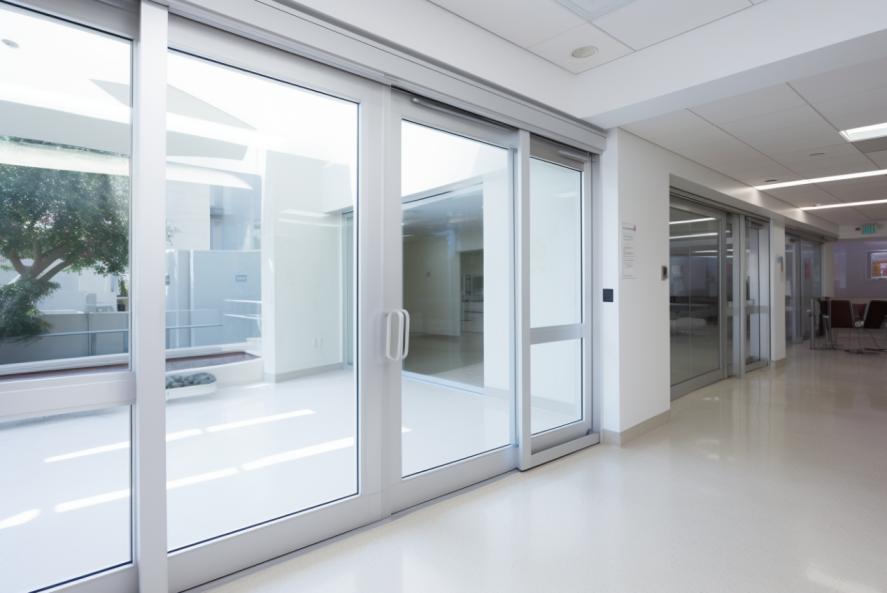
Maintenance and Safety Practices for Hospital Sliding Doors
Hospital sliding doors are critical components of healthcare facilities, providing efficient access and contributing to patient safety. To ensure their smooth operation and longevity, regular maintenance is essential.
1. Importance of Regular Maintenance
Regular maintenance is crucial to ensure the smooth operation of hospital sliding doors. Routine inspections and servicing help identify and address issues before they escalate, minimizing downtime and potential safety hazards.
2. Common Issues and Troubleshooting Tips
Common issues with hospital sliding doors may include malfunctioning sensors, misalignment, or worn-out components. Troubleshooting tips may involve checking sensor alignment, cleaning sensors and tracks, lubricating moving parts, and tightening loose hardware.
3. Safety Protocols
Safety protocols are vital to prevent accidents and injuries related to hospital sliding doors. Proper signage indicating the presence of automatic doors, warning signs for potential hazards, and clear instructions for safe operation help mitigate risks. Additionally, ongoing training for hospital staff on door safety procedures is essential.
4. Collaboration with Manufacturers and Service Providers
Collaboration with door manufacturers and service providers is crucial for ongoing support and repairs of hospital sliding doors. Manufacturers like E-ZONG offer maintenance contracts and 24/7 support to ensure prompt resolution of issues, minimizing disruptions to hospital operations.
Future Trends in Hospital Sliding Door Technology
Emerging technologies and innovations are shaping the future of hospital sliding door systems, with a focus on enhancing functionality, safety, and sustainability.
1. Smart Sensors and AI Integration
Advancements in smart sensors and AI integration enable hospital sliding doors to adapt to environmental conditions and user behavior. These systems can optimize door operation, improve energy efficiency, and enhance safety by detecting potential hazards in real time.
2. Antimicrobial Materials
The integration of antimicrobial materials in hospital sliding doors helps inhibit the growth of bacteria and viruses, contributing to infection control efforts. Manufacturers like E-ZONG are exploring the use of antimicrobial coatings and surfaces to create hygienic door solutions for healthcare settings.
3. Challenges and Opportunities
While the adoption of cutting-edge sliding door technologies offers numerous benefits, challenges such as initial investment costs and compatibility with existing infrastructure must be addressed. However, the long-term advantages in terms of improved patient outcomes, operational efficiency, and sustainability outweigh the challenges.
4. Consideration of Sustainability and Environmental Factors
Sustainability is becoming increasingly important in hospital door design, with a focus on energy efficiency and eco-friendly materials. Future trends may include the use of renewable energy sources to power sliding door systems and the implementation of recyclable materials indoor construction.
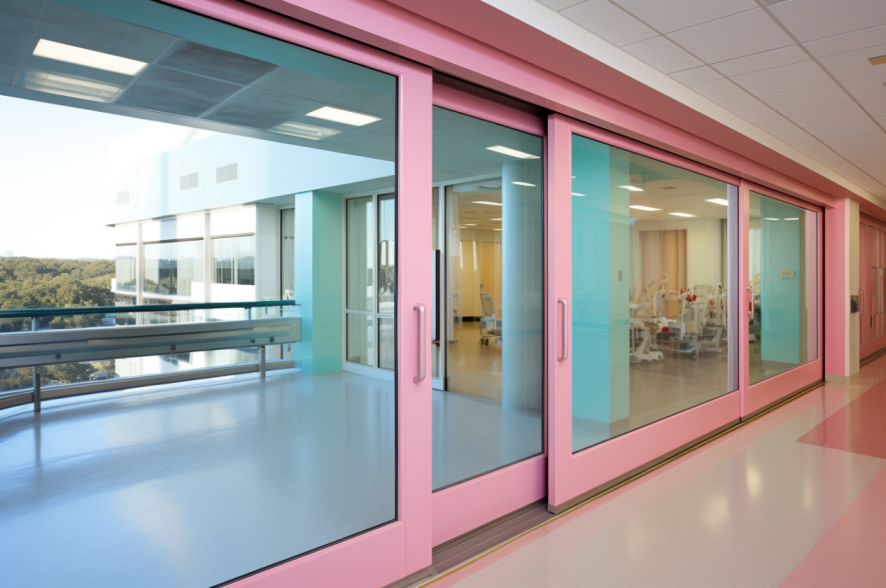
Conclusion
In conclusion, hospital sliding doors are indispensable components of healthcare facilities, providing functionality, safety, and hygiene benefits that contribute to the overall well-being of patients, staff, and visitors. By understanding the importance of sliding doors, considering design considerations, and leveraging the advantages of automatic systems, hospitals can optimize their operations and create a more welcoming and efficient environment for all.
-
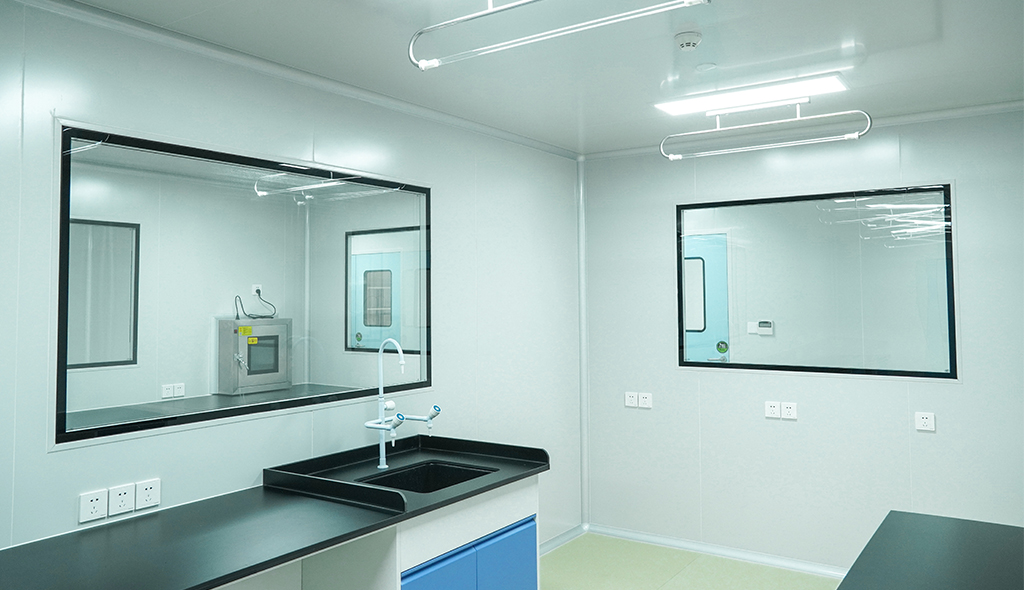 Cleanroom Glass Windows Are The Key to Maintaining a Clean Environment
Cleanroom Glass Windows Are The Key to Maintaining a Clean Environment -
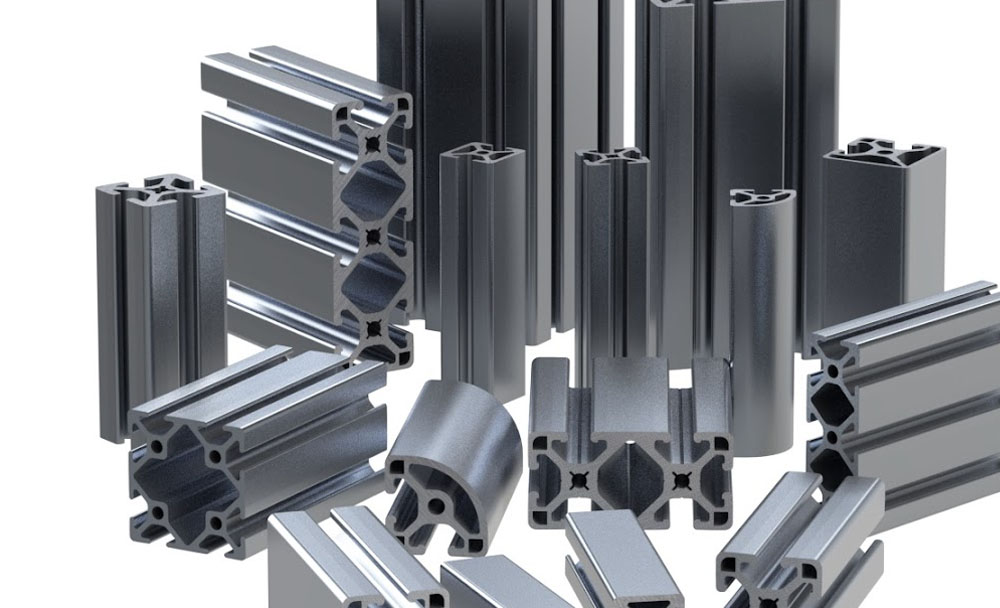 Top Aluminium Profile Manufacturers in China: Leading the Global Market
Top Aluminium Profile Manufacturers in China: Leading the Global Market -
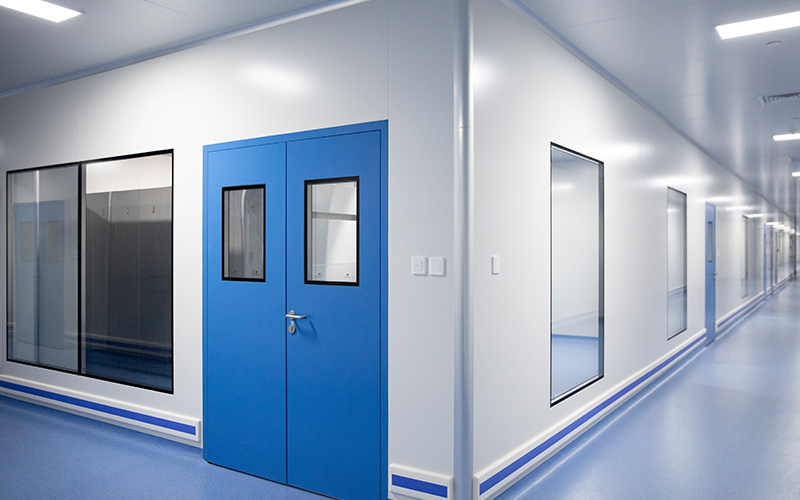 The Evolution of Air Tight Sliding Doors
The Evolution of Air Tight Sliding Doors -
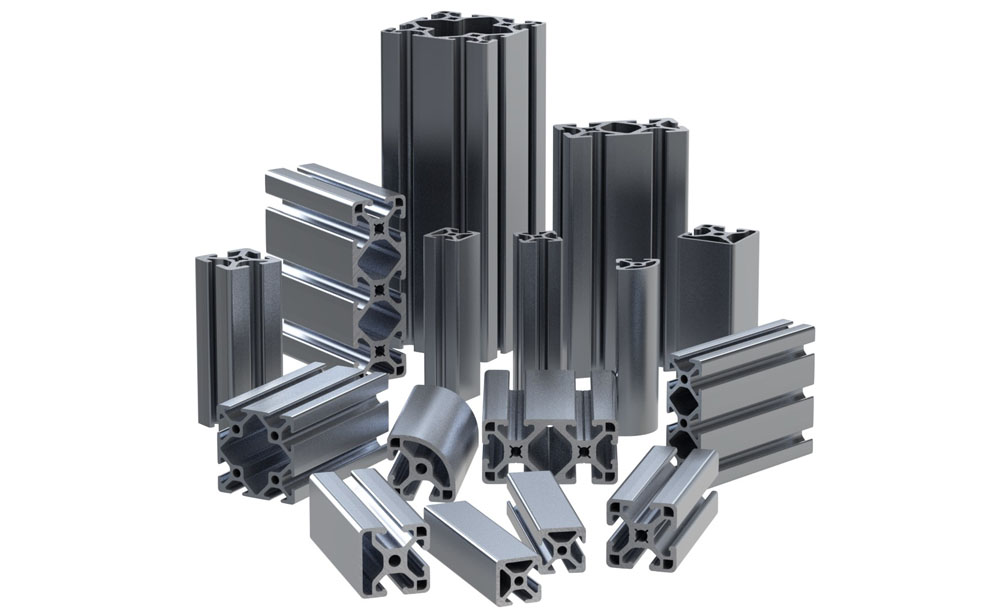 AHU Aluminium Profile: A Comprehensive Guide
AHU Aluminium Profile: A Comprehensive Guide -
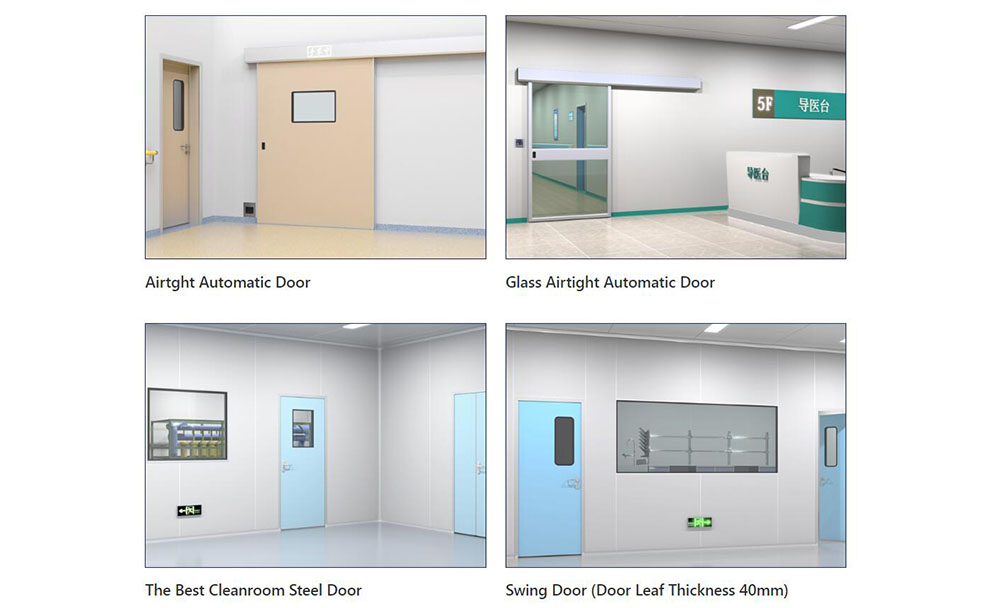 The Importance of Choosing the Right Cleanroom Door in Vietnam
The Importance of Choosing the Right Cleanroom Door in Vietnam -
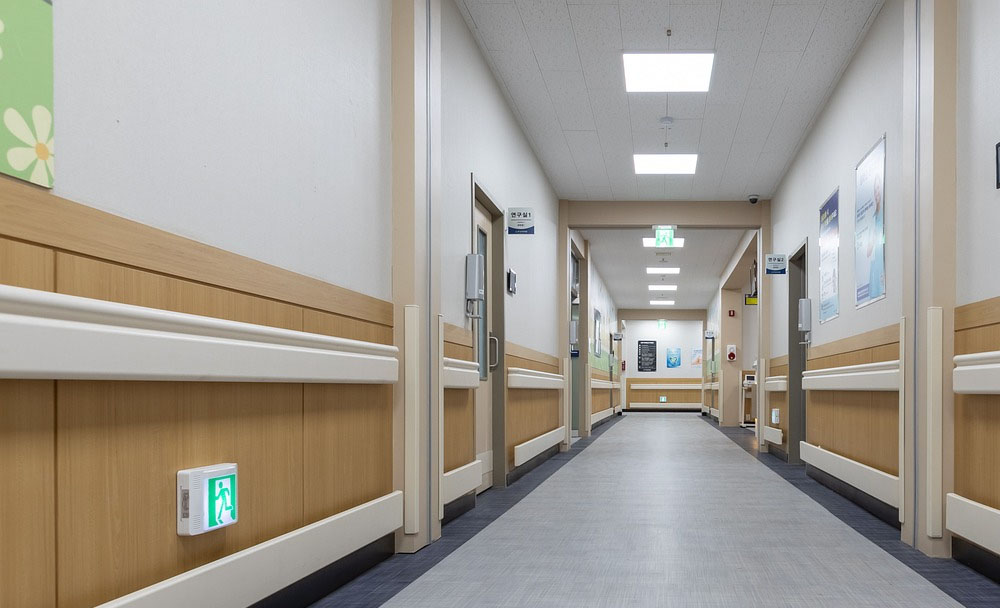 The Benefits of Hospital Automatic Doors: Enhancing Efficiency and Safety
The Benefits of Hospital Automatic Doors: Enhancing Efficiency and Safety -
.jpg) The Best Bathroom Door Manufacturers - Unlocking Endless Possibilities!
The Best Bathroom Door Manufacturers - Unlocking Endless Possibilities! -
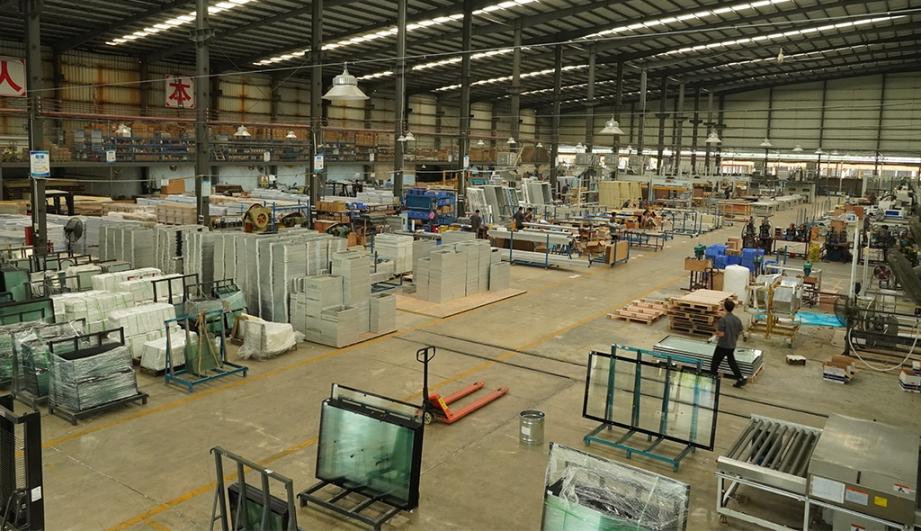 Unlock the Possibilities with AJ Manufacturing Doors
Unlock the Possibilities with AJ Manufacturing Doors -
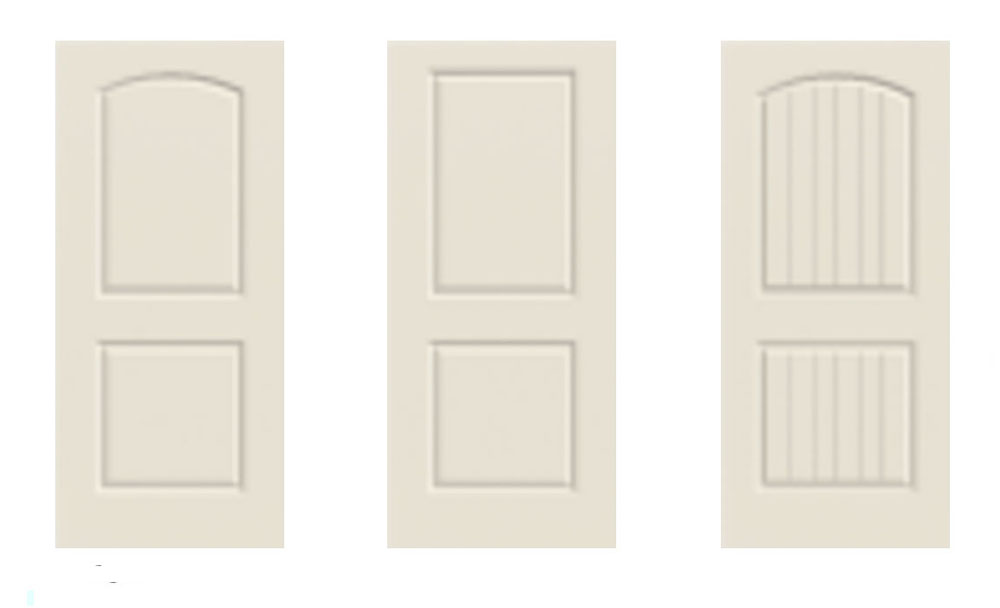 Make a Statement with Manufactured Home Interior Doors!
Make a Statement with Manufactured Home Interior Doors! -
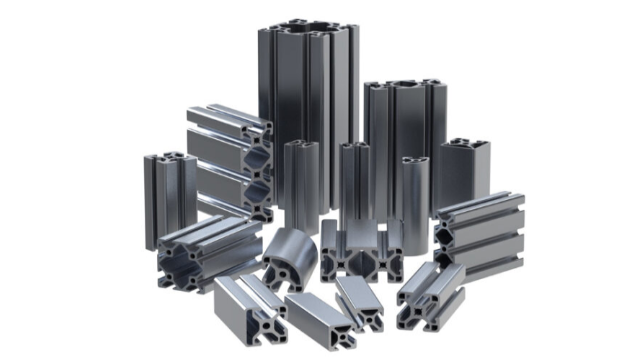 what is aluminum profile? Aluminum Profiles for Your Home is the best option
what is aluminum profile? Aluminum Profiles for Your Home is the best option
-
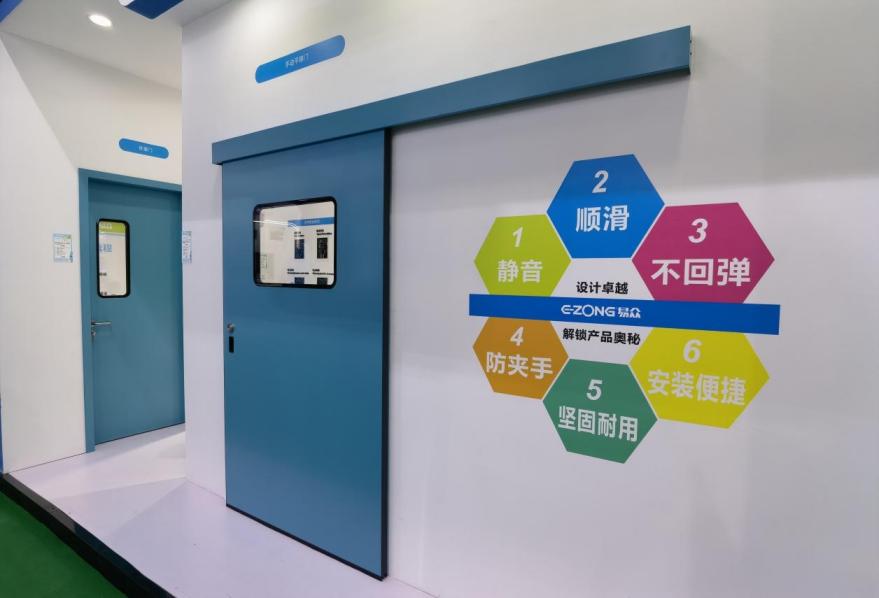 Guide to Doors Clean Room: Ensuring Contamination Control
Guide to Doors Clean Room: Ensuring Contamination Control -
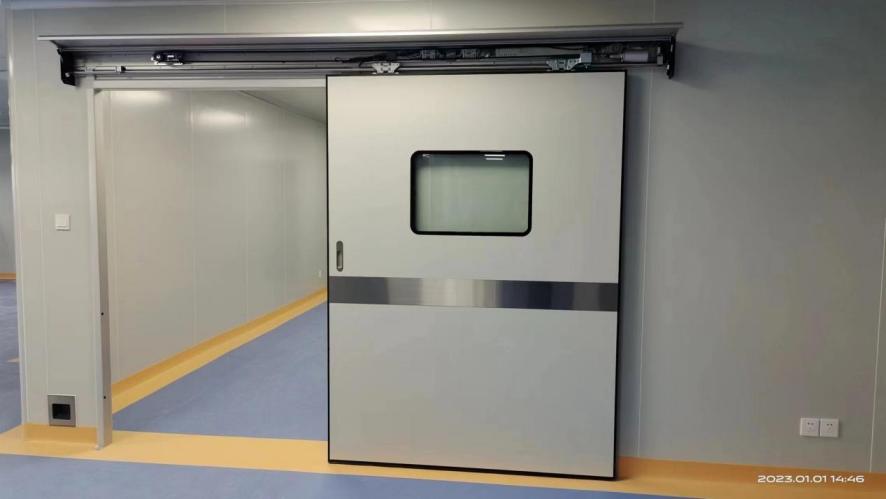 Introducing Guangdong Clean Room Aluminum Company: E-ZONG
Introducing Guangdong Clean Room Aluminum Company: E-ZONG -
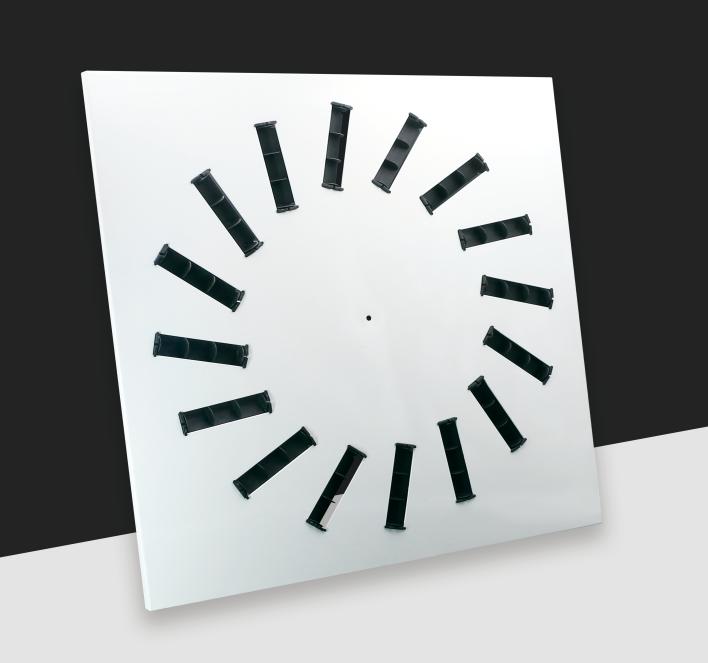 Cost-Effectiveness of Bulk Purchasing Air Diffuser
Cost-Effectiveness of Bulk Purchasing Air Diffuser -
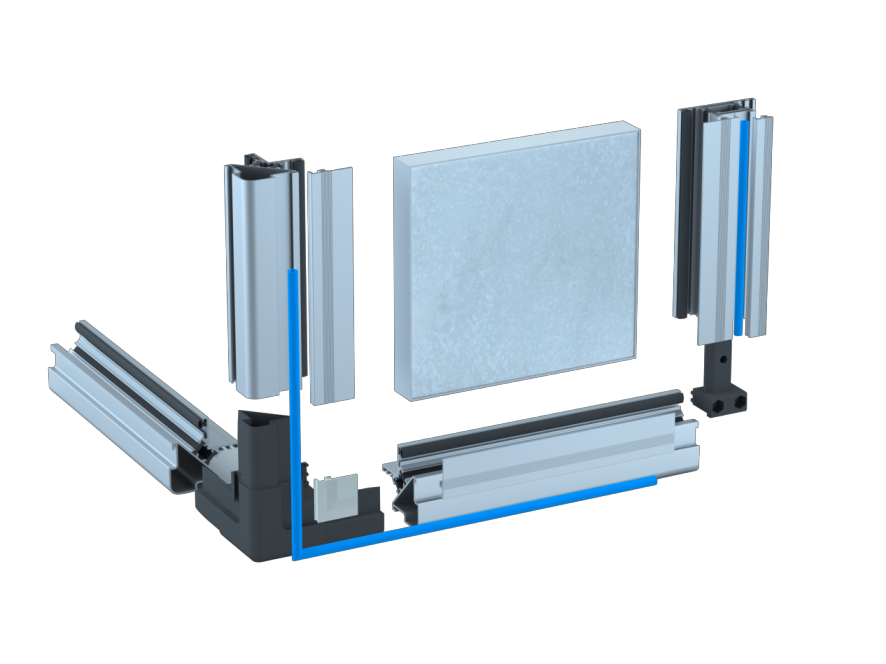 Makeup Air Handling Unit: Here to Know
Makeup Air Handling Unit: Here to Know -
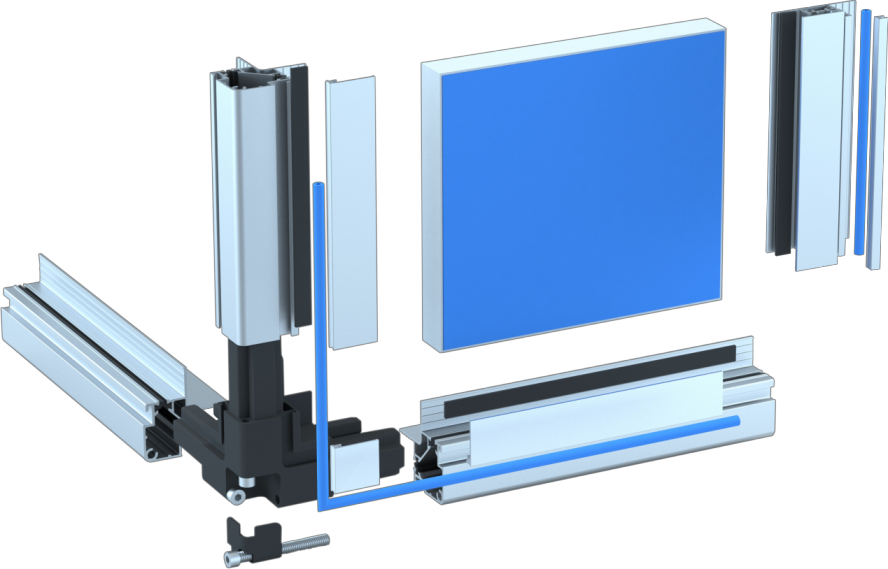 Customizing HVAC Systems Parts for Building Specific Needs
Customizing HVAC Systems Parts for Building Specific Needs -
 How Return Air Diffuser Enhances HVAC Efficiency for Your Projects
How Return Air Diffuser Enhances HVAC Efficiency for Your Projects -
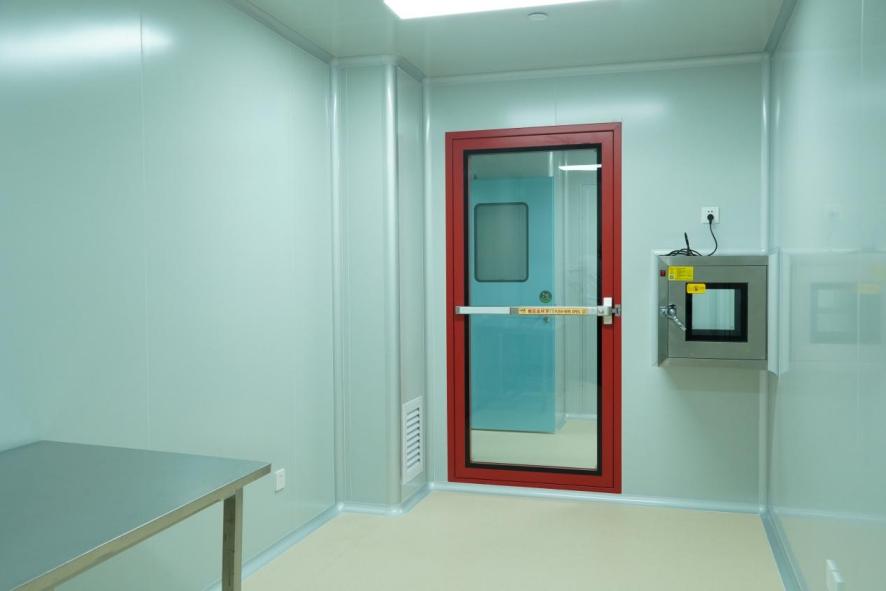 Exploring the Versatility of Swing Glass Door
Exploring the Versatility of Swing Glass Door -
 Choosing Quality: Why Linear Diffuser Grille is Essential in Modern Design
Choosing Quality: Why Linear Diffuser Grille is Essential in Modern Design -
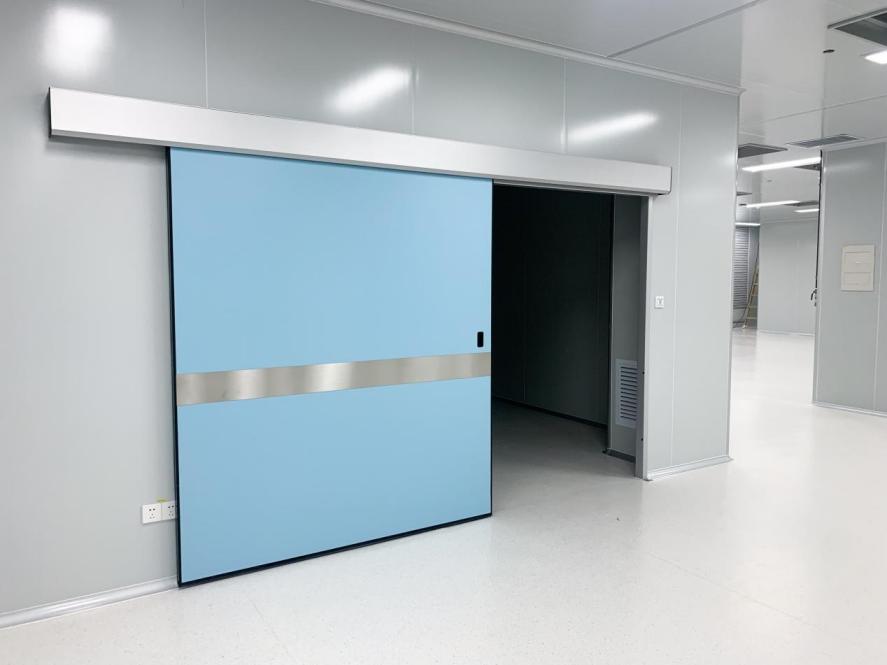 Introduction to Clean Room High Speed Doors: Let’s Dive into
Introduction to Clean Room High Speed Doors: Let’s Dive into -
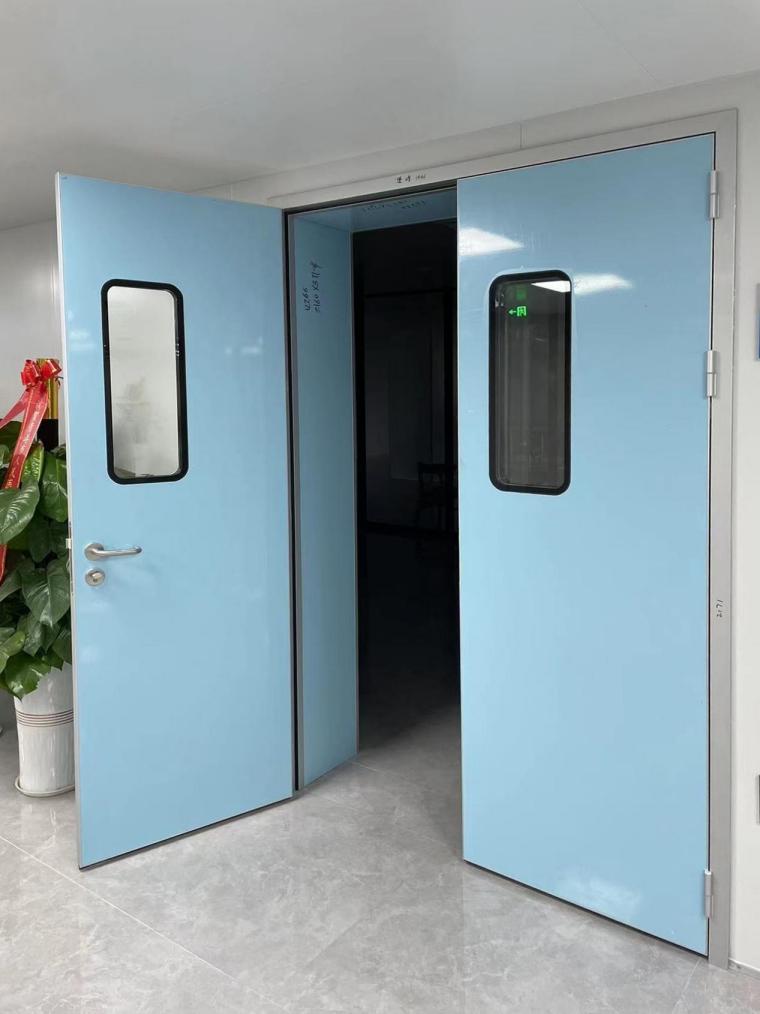 High-Quality Clean Room Double Door for Medical and Health
High-Quality Clean Room Double Door for Medical and Health

Guangzhou Yizhong Aluminum Industry Co., Ltd.
We are always providing our customers with reliable products and considerate services.
We are always providing our customers with reliable products and considerate services.
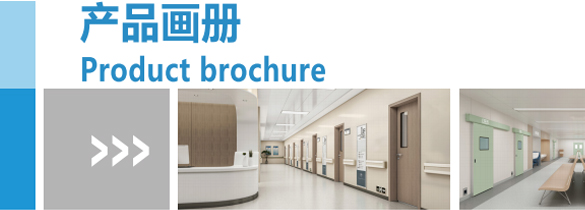
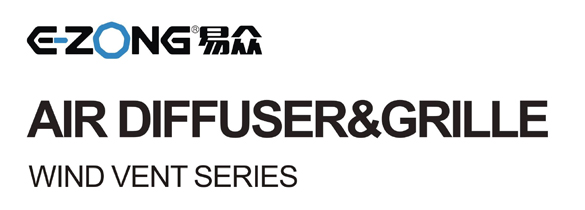


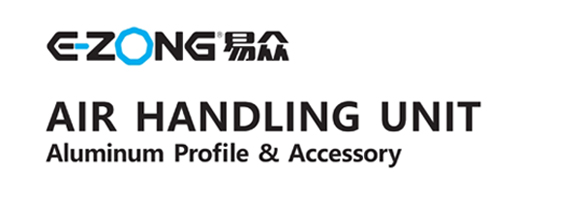






Speak Your Mind